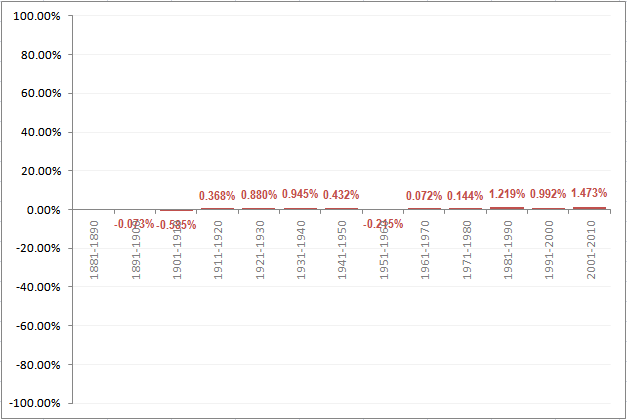The controlling file for the GUI rendering with regards to the title
view is in the msgdb.
It's the /messages/standardviewtemplates.xml
Changes to be made are here:
Standard:
<WebMessage name="kuiTitleViewDisplay" translate="no">
<HTML>
<table class="TitleTable" cellspacing="0" style="@{tableStyle}"
width="100%">
<sawm:if test="logo || title || help">
<tr>
<sawm:if name="logo">
<td class="TitleLogo" style="@{logoStyle}" rowspan="4">
<img border="0" src="
<sawm:param name="logo" />" alt="
<sawm:messageRef name="kmsgTitleViewLogo" />" title="
<sawm:messageRef name="kmsgTitleViewLogo" />"/></td>
</sawm:if>
<sawm:if name="title">
<td class="TitleCell" style="@{titleStyle}"
title="@{desc}">
<sawm:param name="title" />
</td>
</sawm:if>
<sawm:if name="help">
<td class="TitleHelp" align="right" rowspan="4">
<a href="@{help}" target="_blank">
<img border="0" alt="" src="fmap:Views/Help.gif" />
</a>
</td>
</sawm:if>
</tr>
</sawm:if>
<HTML>
<table class="TitleTable" cellspacing="0" style="@{tableStyle}"
width="100%">
<sawm:if test="logo || title || help">
<tr>
<sawm:if name="logo">
<td class="TitleLogo" style="@{logoStyle}" rowspan="4">
<img border="0" src="
<sawm:param name="logo" />" alt="
<sawm:messageRef name="kmsgTitleViewLogo" />" title="
<sawm:messageRef name="kmsgTitleViewLogo" />"/></td>
</sawm:if>
<sawm:if name="title">
<td class="TitleCell" style="@{titleStyle}"
title="@{desc}">
<sawm:param name="title" />
</td>
</sawm:if>
<sawm:if name="help">
<td class="TitleHelp" align="right" rowspan="4">
<a href="@{help}" target="_blank">
<img border="0" alt="" src="fmap:Views/Help.gif" />
</a>
</td>
</sawm:if>
</tr>
</sawm:if>
After changes:
<WebMessage name="kuiTitleViewDisplay" translate="no">
<HTML>
<table class="TitleTable" cellspacing="0" style="@{tableStyle}"
width="100%">
<sawm:if test="logo || title || help">
<tr>
<sawm:if name="title">
<td class="TitleCell" style="@{titleStyle}"
title="@{desc}">
<sawm:param name="title" />
</td>
</sawm:if>
<sawm:if name="help">
<td class="TitleHelp" align="right" rowspan="4">
<a href="@{help}" target="_blank">
<img border="0" alt="" src="fmap:Views/Help.gif" />
</a>
</td>
</sawm:if>
<sawm:if name="logo">
<td class="TitleLogo" style="@{logoStyle}" rowspan="4">
<img border="0" src="
<sawm:param name="logo" />" alt="
<sawm:messageRef name="kmsgTitleViewLogo" />" title="
<sawm:messageRef name="kmsgTitleViewLogo" />"/></td>
</sawm:if>
</tr>
</sawm:if>
<HTML>
<table class="TitleTable" cellspacing="0" style="@{tableStyle}"
width="100%">
<sawm:if test="logo || title || help">
<tr>
<sawm:if name="title">
<td class="TitleCell" style="@{titleStyle}"
title="@{desc}">
<sawm:param name="title" />
</td>
</sawm:if>
<sawm:if name="help">
<td class="TitleHelp" align="right" rowspan="4">
<a href="@{help}" target="_blank">
<img border="0" alt="" src="fmap:Views/Help.gif" />
</a>
</td>
</sawm:if>
<sawm:if name="logo">
<td class="TitleLogo" style="@{logoStyle}" rowspan="4">
<img border="0" src="
<sawm:param name="logo" />" alt="
<sawm:messageRef name="kmsgTitleViewLogo" />" title="
<sawm:messageRef name="kmsgTitleViewLogo" />"/></td>
</sawm:if>
</tr>
</sawm:if>
Basically you switch around the order of Logo -> Title -> Help to
Title -> Help -> Logo. This way you know what happens in the doce
above and make it Title -> Logo ->














